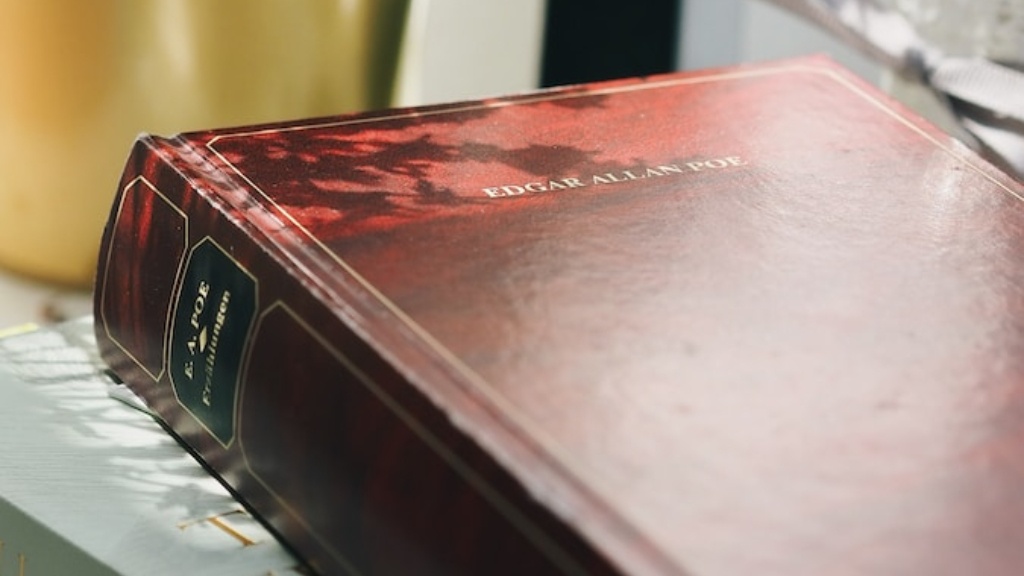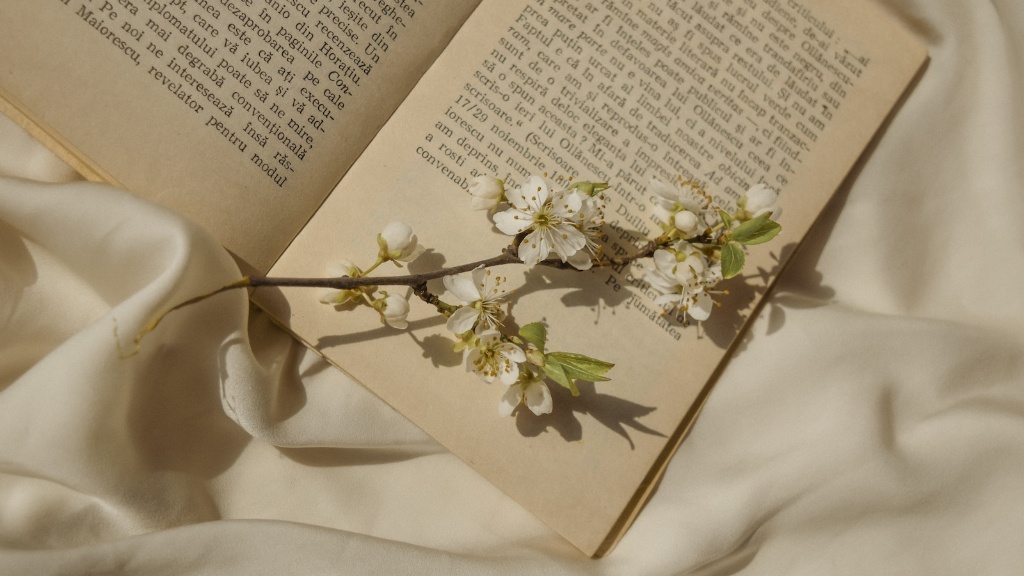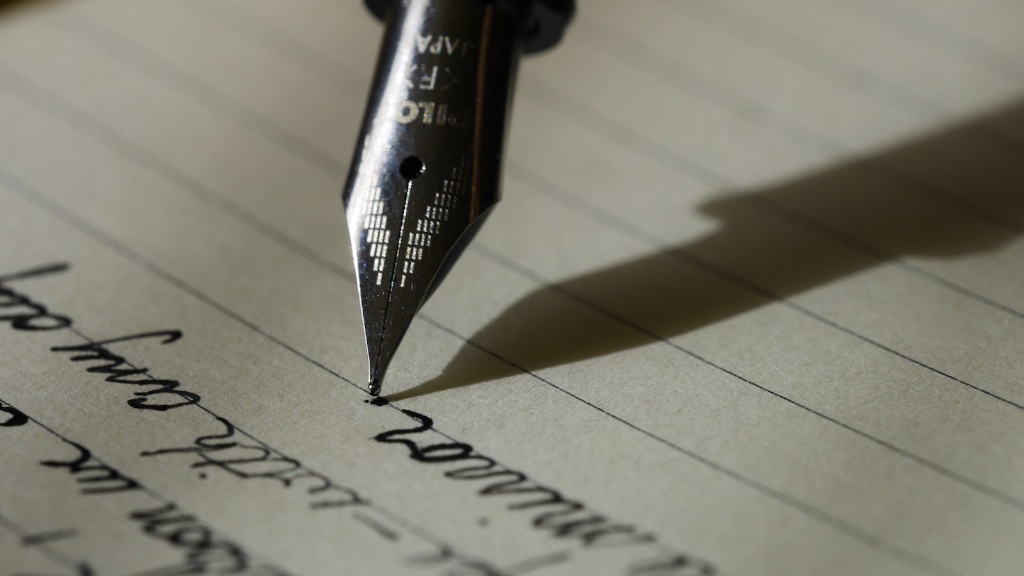Poetry is a form of written expression that has been around since ancient times. It is one of the oldest forms of writing and it has been used to document experiences, express emotion, and tell stories. In many ways, it is the purest form of creative expression and is seen as an art form, rather than just a literary one. Poems can be used for self-expression, for conveying a message, for celebrating an event or for providing poetic commentary, humour, or insight. Poems typically consist of a distinct, organized structure and form, but this can vary widely depending on the purpose and style of the poem.
A poem, by definition, is “a composition in verse, typically of imaginative or emotional character expressing personal thoughts or feelings.” This definition captures the essence of poetry, which is the use of language to express experiences and emotions. Some poems may be simple, composed of basic language and short lyrics, while others may be complex, filled with rich metaphors and imagery. Poems can range in length, from a few lines to an entire novel, but they are usually written in either a rhyming or a non-rhyming format.
The structure and form of poetry can vary widely. There are many different forms of poetry, such as sonnets, odes, haikus, and acrostics, each with its own unique structure and purpose. These different forms allow for creativity and self-expression, and can be used for a variety of topics, from love and relationships to philosophical musings and political/social commentaries.
At its core, poetry is a form of communication, where the poet uses words to convey experiences and emotions. Poems can be used to convey a message of hope, courage, love, or anything else the poet wishes to express. Poetry can also be used to express feelings of grief or despair, or to provide a poetic commentary on the state of the world. Every poem is a chance to capture a moment, emotion, or experience, and to share it with others.
The power of poetry lies in its ability to evoke emotion. Good poems make us feel something, whether it is joy, sorrow, or simply admiration for the craftsmanship of the author. Poets use language to create vivid images and evoke powerful feelings with just a few words. This is why poetry has stood the test of time: it resonates with people on a deep level, thus providing a lasting impact.
Understanding Meaning in Poetry
Poets use language to convey their emotions and ideas. Different words, sounds, and structures can subtly change the meaning of a poem, and understanding how to interpret these subtleties is a key part of understanding poetry. At its core, poetry is a form of communication and interpretation, and the reader must pay close attention to the words and imagery used by the author to fully understand the message that they intend to convey.
Another important aspect of interpreting poetry is understanding the context in which the poem was written. Poetry is often an expression of the poet’s inner thoughts and feelings, and by understanding the historical setting and life experiences of the poet, readers can gain a deeper understanding of their work. In this way, poetry can be seen as a reflection of the time and place in which it was written, as well as its author’s personal experience.
Different Genres of Poetry
Poetry comes in many different forms and styles. Common genres of poetry include narrative, lyric, and dramatic. Narrative poems tell stories, often drawing from mythology and other forms of folklore. Narrative poems are often narrative in form, and they typically focus on a single main character or theme. Lyric poems, on the other hand, focus on emotion, evoking feelings of joy, sorrow, or love. Dramatic poetry is written in the form of a play or poem, featuring characters and a plot or story. This type of poetry often reflects current social and political issues, and it is often used to express strong emotions.
In addition, there are many subgenres of poetry, such as free verse, sonnets, haikus, acrostics, and many more. Each type of poetry has its own unique set of rules and restrictions, and it is up to the poet and the reader to decide which type of poem is best suited for their purpose.
Poetry Today
Today, poetry is an important part of the literary landscape. There are many different types of poetry, each with its own unique style and purpose. Poetry can be found in books, newspapers, journals, and other publications, and is also available online. Poetry is an art form that is accessible to everyone, and it can be used to express a variety of thoughts and emotions.
Poetry has been part of the literary landscape for centuries, and it continues to be a powerful tool for expressing emotion and conveying ideas. While the rules of poetry have changed over time, the purpose and power of this art form remain the same. In this way, poetry can be seen as a reflection of our times, capturing the feelings and experiences of people from all walks of life.
Social Impact of Poetry
Poetry can be used to comment on current social and political issues. In the past, poets have used their work to encourage social change or to challenge prevailing ideas. By expressing their experiences and ideas in poetic form, poets can introduce new perspectives and engage audiences in meaningful dialogue. Through their work, poets can encourage readers to think more deeply about issues, to empathize with different perspectives, and to take a more active role in society.
Poetry can also be used to provide comfort, solace, and understanding to those who are struggling with difficult emotions or situations. By expressing their emotions in poetic form, poets can connect with those who are struggling and provide them with a sense of hope or understanding.
Poetry can be used to celebrate special occasions, such as births, marriages, graduations, and anniversaries. It can also be used to capture experiences and record moments in time, giving readers a sense of history and shared experience.
The Art of Writing Poems
Writing good poems is both an art and a skill. Like any art form, it takes time and practice to develop one’s craft. Poets need to have a good understanding of the different types and forms of poetry, so that they can create poems that are well-structured and engaging. Good poets also need to pay close attention to language, imagery, and meter in order to create powerful poems that evoke strong emotion.
It is also important for poets to be aware of the cultural context in which their work is written. By understanding the social and political issues of their times, poets can create work that is insightful and meaningful. Poetry can also be used to challenge existing ideas or beliefs, as well as to celebrate and share experiences that may be unique to certain groups or cultures.
Overall, poetry is an important form of communication and expression. It can be used to evoke emotion, convey messages, promote social change, and celebrate special occasions. Through its malleable form and various styles, poetry offers a unique and powerful method of communication, allowing poets to capture their experiences and share them with the world.




